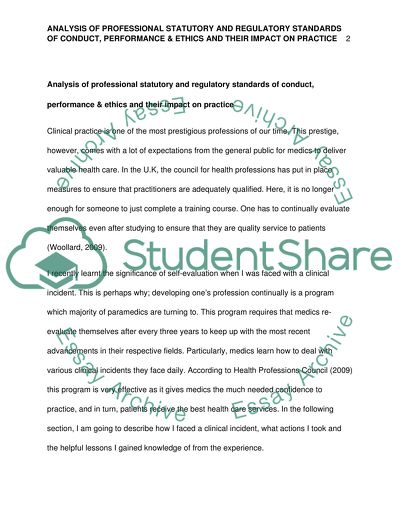Cite this document
(“Analysis of Professional Statutory and Regulatory Standards of Essay”, n.d.)
Retrieved from https://studentshare.org/health-sciences-medicine/1451125-analyse-professional-statutory-and-regulatory
Retrieved from https://studentshare.org/health-sciences-medicine/1451125-analyse-professional-statutory-and-regulatory
(Analysis of Professional Statutory and Regulatory Standards of Essay)
https://studentshare.org/health-sciences-medicine/1451125-analyse-professional-statutory-and-regulatory.
https://studentshare.org/health-sciences-medicine/1451125-analyse-professional-statutory-and-regulatory.
“Analysis of Professional Statutory and Regulatory Standards of Essay”, n.d. https://studentshare.org/health-sciences-medicine/1451125-analyse-professional-statutory-and-regulatory.


